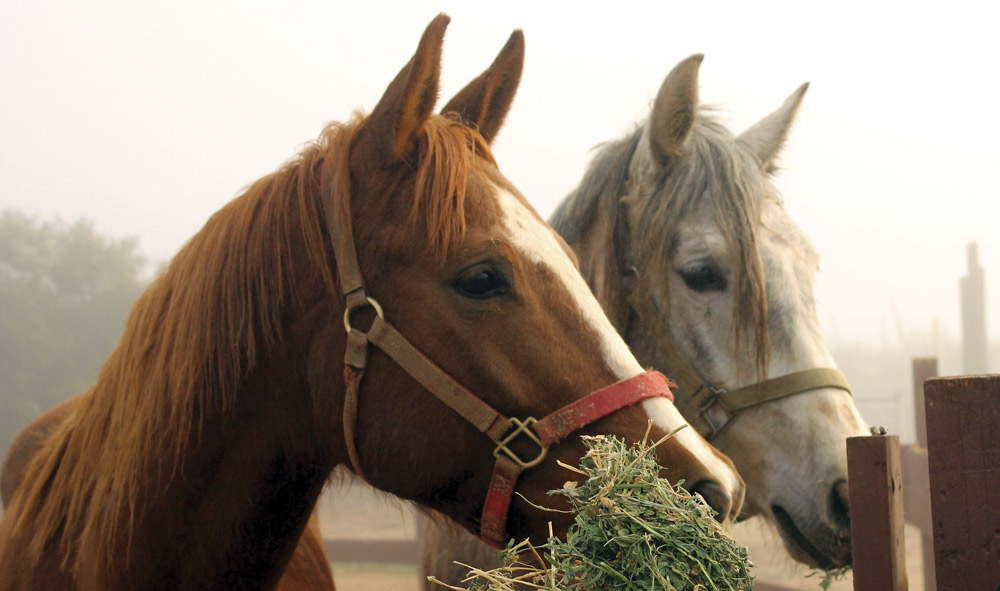Many of us look for organic products for ourselves and our horses. But how do you know if what you are purchasing is truly organic?
In the US, the National Organic Program regulates all organic crops, livestock, and agricultural products certified to the United States Department of Agriculture (USDA) organic standards. Verification of the organic certification is done by certification agencies who inspect and verify that organic farmers, ranchers, distributors, processors, and traders are complying with the USDA organic regulations.
USDA conducts audits and ensures that the more than 90 organic certification agencies operating around the world are properly certifying organic products. In addition, USDA conducts investigations and enforcement activities to ensure all products labelled as organic meet the USDA organic regulations. In order to sell, label, or represent their products as organic, operations must follow all of the specifications set out by the USDA organic regulations.
What About Canada?
In order to be considered organic in Canada under the Organic Products Regulations, products must be certified organic according to the Canadian Organic Standards if they are traded across provincial or international borders or use the Canada Organic Logo.
The certification must be carried out by a certifying body (CB) that is accredited by a conformity verification body (CVB) recognized by the Canadian Food Inspection Agency (CFIA).
Organic Production is More Than Not Using Chemical Based Pesticides
Organic agriculture has a set of driving principles that were developed by industry, approved by consumers, verified annually by third party organizations, and backed by federal organic standards in Canada that are regulated.
1. Protect the environment, minimize soil degradation and erosion, decrease pollution, optimize biological productivity and promote a sound state of health.
2. Maintain long-term soil fertility by optimizing conditions for biological activity within the soil.
3. Maintain biological diversity within the system.
4. Recycle materials and resources to the greatest extent possible within the enterprise.
5. Provide attentive care that promotes the health and meets the behavioural needs of livestock.
6. Prepare organic products, emphasizing careful processing and handling methods in order to maintain the organic integrity and vital qualities of the products at all stages of production
7. Rely on renewable resources in locally organized agricultural systems.
So How Do I Know the Products I am Using are Truly Organic?
Essentially the tools are in place to ensure that organic products claiming to be organic have a verification system available to them. Look for the certifier information on the label – that will ensure that verification has taken place. If there is no label, ask for the organic certificate from the supplier. Using the links supplied in this article will help you validate that information. In the US, if you see the USDA organic seal, the product is certified organic and has 95 percent or more organic content. For multi-ingredient products such as bread or soup, if the label claims that it is made with specified organic ingredients, you can be confident that those specific ingredients have been certified organic.
Connie Kehler is a longtime consultant. She has lead the Canadian on Farm Food Safety Working Group, is on the organic value chain roundtable, is the Executive Director of the Canadian Herb, Spice and Natural Health Product Coalition, helped to start the Natural Animal Product Working Group and ran the first organic greenhouse in Saskatchewan for 17 years.








